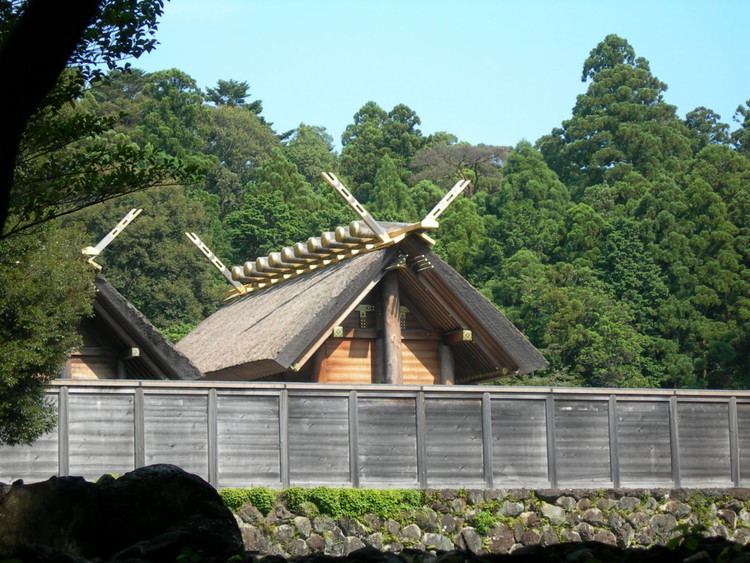645–650 Taika 686–686 Shuchō 704–708 Keiun | 650–654 Hakuchi 701–704 Taihō 708–715 Wadō | |
 | ||
Jōryaku (承暦) was a Japanese era name (年号, nengō, lit. year name) after Jōhō and before Eihō. This period spanned the years from November 1077 through February 1081. The reigning emperor was Emperor Shirakawa-tennō (白河天皇).
Contents
Change of Era
Events of the Jōryaku Era
References
Jōryaku Wikipedia(Text) CC BY-SA
